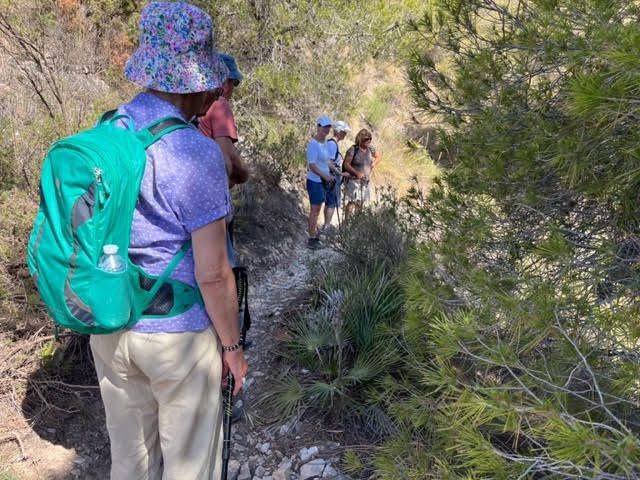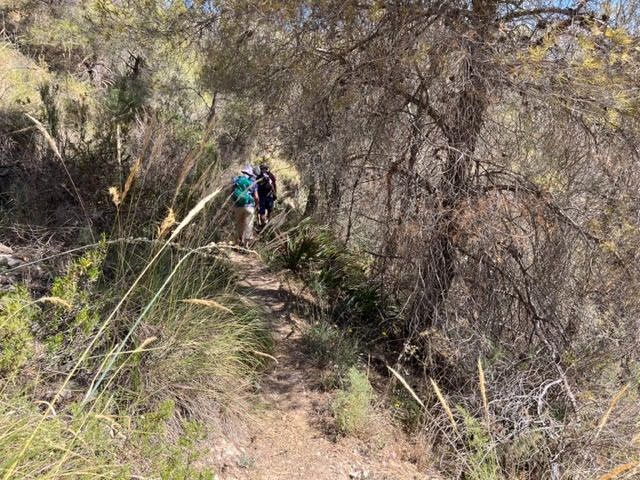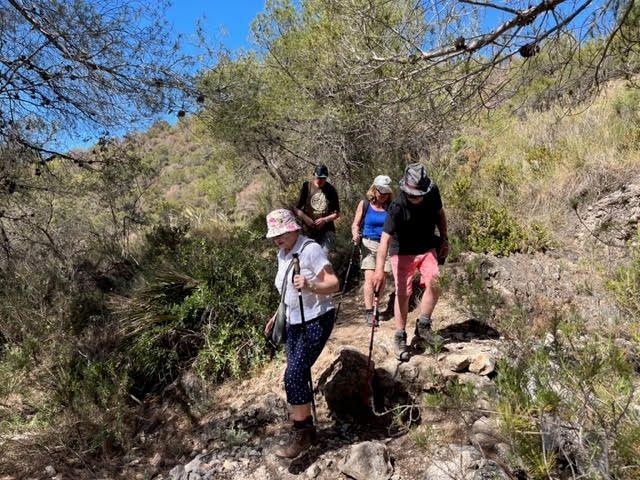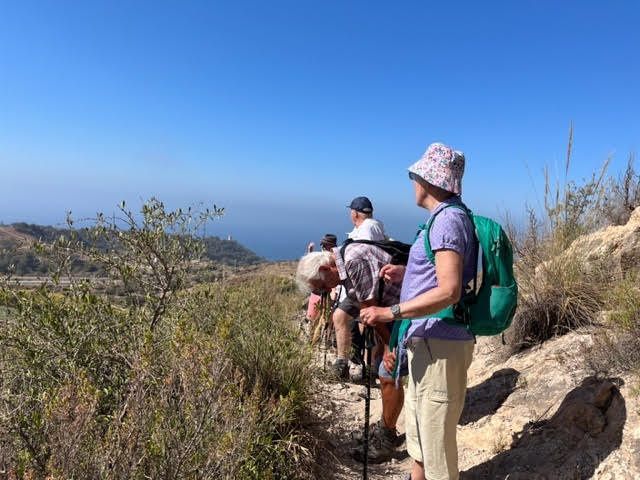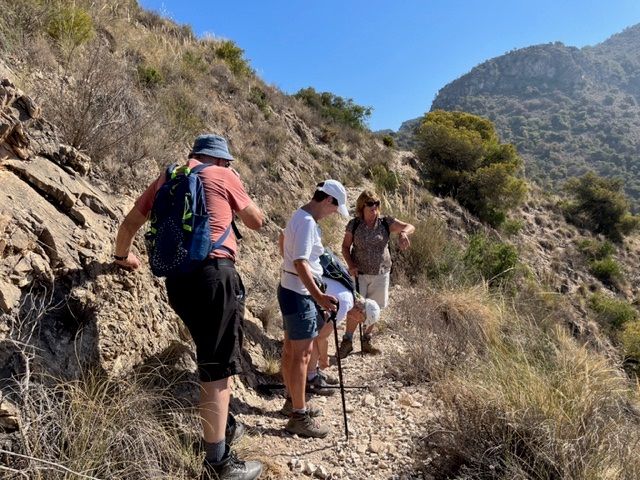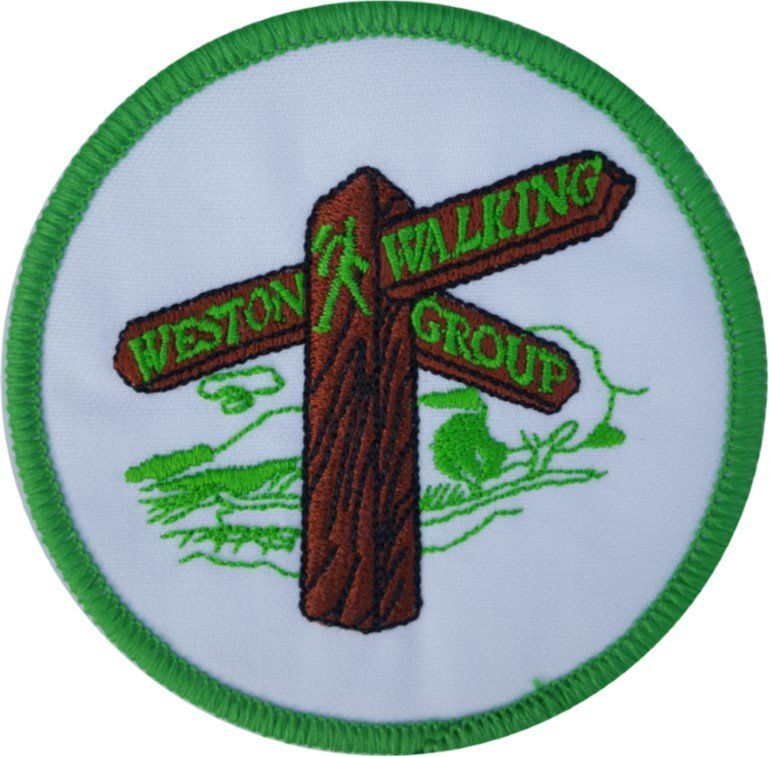This is paragraph text. Click it or hit the Manage Text button to change the font, color, size, format, and more. To set up site-wide paragraph and title styles, go to Site Theme.
Holidays and Trips
Nijmegen Holland - October 2025
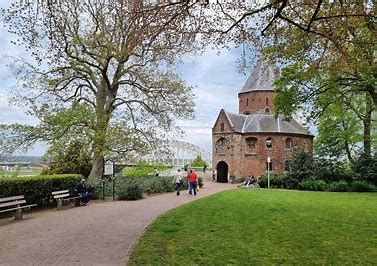
An interesting walking holiday to Nijmegen, Holland
Nijmegen, Holland, in the east of the country near to the German border. The hotel we stayed in was about 3km out of the city, in a very desirable residential area but it was at the top of a hill. Apparently only about 30% of the country is flat, and we were all pleasantly surprised to find that we were in an area which was quite hilly and often with lovely views. The area has an important history because during the last World War, it was greatly involved in fighting. We therefore not only walked in beautiful areas but we learned a great deal of history.
Our guide, Marijke, lives in Nijmegen and knows the walking within the area very well. She also was able to find friends in her local walking groups, who were able to lead longer walks whilst Marijke led the shorter ones.
Six-day programme
Day One: We set off from our hotel and we walked to the Vrijheids Museum. The weather was glorious and we walked through woodlands, and fields and through a “Rolling” countryside. We visited the museum whose name in English translates to Welcome. It tells all about Operation Market Garden during WW2 when the allies made a final push in late 1944 and 1945. Some of us experienced the mock -up of an air raid shelter which was quite frightening. Operation Market Garden unfortunately meant that hundreds of soldiers were killed because the Germans were waiting for them and shot them as they parachuted down.
The shorter walk was around 5 miles and they returned to the hotel by bus whilst the longer walk of 10 miles took in the Canadian cemetery on the way back. Like all war graves. It is run by the Commonwealth Graves Commission and over 2,300 Canadian soldiers are buried there. Their ages meant that they were very young and they died a few months before the end of the war. 1,000 are buried in unknown graves.
Day Two: Again we walked directly from our hotel and this day we walked for about 5 miles. We walked through another hilly and wooded area down to a lovely little village called Beek. On the way, we also saw a cross which marked the original border between Holland and Germany. Apparently it has changed many times. The village was beautifully maintained with water from an underground stream running through it. There was a waterwheel and waterfall and the water was in channels along the sides of the road. Everywhere as very neat and tidy.
Day Three : We caught the train for a couple of stops from Nijmegen to an area called Mook-Molenhoek. This again was a very different area. It was very reminiscent of Cannock Chase where we went last year as it was heathland based on a sandy area. Again, there was a short walk of around five miles, finishing at a nice restaurant at lunchtime and the longer walkers did about nine miles, part of which took in a very steep climb. A very salutary moment for the long walkers was when we saw an information board telling us about the very large field we were on the edge of, and which was the one where the soldiers were dropped by parachute and many were killed.
Day Four: This was our “Rest Day” and it was the only day when it rained. Members did their own thing. One visited Utrecht, others Nijmegen and some took advantage of the local shops including Primark!!
Day Five: We caught the train to Arnhem. Again there were two walks. We all started off walking not far from the railway station through a beautiful park, with lakes and wild life. We were able to walk under a man- made waterfall which had been made out of large stones brought by melting glaciers called Erratics. We then walked though a lovely forested area in which there were some ancient trees which had preservation orders on them. The short walkers caught the bus back to Arnhem whilst the long walk took in another cemetery which had around 1700 graves of many nationalities who were defending the bridge at Arnhem over the River Rhine. This is the bridge named in the film “A Bridge Too Far” and we all met up in the town and went to see the bridge which still stands and is in use.
Day Six: We went into Nijmegen and we walked along the side of the river Waal. Here the river is much wider then at Arnhem and the bridge was destroyed. This was the first level walk we had done and we walked along the dyke which we learned had been the Front Line and which showed much evidence of war-time bunkers etc. Along the banks of the river are small beaches of sand where people go to have picnics and to bathe in the river during summer months.
We were all very interested to see that all the paths we used were well maintained and every day wherever we went, we always saw others walking. Of course, we also saw the many cycle paths and cyclists. It gave the impression of everyone being very fit.
We left Nijmegen feeling that we had a good amount of walks and that we had learned something about an area none of us knew much about neither historically nor geographically.
Christine Wise
Other Holidays that we've enjoyed
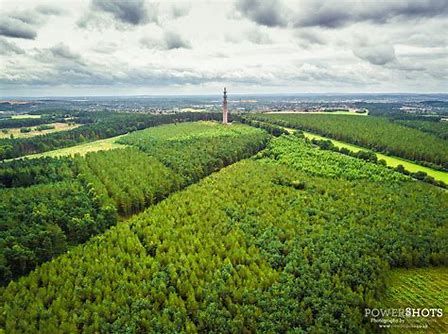
Walking Holiday on Cannock Chase
Monday 20th May to Friday 24th May 2024
Christine Wise writes:
We had a very successful holiday at Cannock Chase, staying near to Stafford. Firstly we went for a Guided Tour of Lichfield and most of us had a Cream Tea. The city proved to be delightful and very well-cared for and well worth a visit.
The leader of the walks on the Chase, was a friend of mine Terry, who lives nearby, but who also walks in the Spanish group. He had done a great deal of preparation to make all walks interesting and accessible to All. The first day on the Chase saw us doing a fairly easy walk, taking in woodland areas and walking along the canal. On the way, we passed through Shugborough Hall's grounds. A stop at a garden centre for lunch was welcome. Some opted for a shorter walk.
Unfortunately, the next day was rainy all day and so members did differing things. Some went to Shugborough Hall, some into Stafford for shopping, some to the Castle and some to the museum.
The final day we all had a lovely walk in open moorland a valleys. We learned much about the history of the Chase, especially during two World Wars and visited two cemeteries, including the Commonwealth Cemetery. We also crossed a river by Stepping Stones. Lunch was at a cafe where we could sit in Sheds in the garden. Quite a novelty.
In the evenings, we had various activities including quizzes, a talk about 1960's music and a very rowdy Beetle Drive.
This holiday was different because approximately half of the group was made up of another group based in Spain and everyone mingled in with each other. We were going to visit the National Memorial Arboretum at Alrewas on the way home but we decided that as it was the start of Bank Holiday, the roads would be busy, which proved to be the case.
Weston Walking Group’s Walking Holiday in Nerja, Spain May 2023
Twelve Members of Weston Walking Group had a week’s walking holiday in a town called Nerja, approximately 40kms east of Malaga, in Southern Spain. Nerja is a pleasant town on the coast which is backed by the mountains of the Sierras Almijara and Tejeda. The most notable mountain overlooking the town is El Cielo(The Sky) at 1508m above sea level. Nerja is an excellent place in which to base a walking holiday owing to its very accessible, but varying, coastline and inland walks.
Day One: Maro and the Tower
We walked from Maro, the first village along the coast, east of Nerja, up to the tower on the cliffs and then back again. Maro is a small white village overlooking the sea, and which was noted for the growing of sugar cane. There are remains of an old sugar cane factory owned by the Larios family of Spanish gin fame.
The tower, on the opposite hill is one of a line of fortresses built in the 16th century to protect farmers and fisherman from marauding pirates. There was a ladder up to the window leading inside where fire was lit to warn of piracy. The views from the tower are superb .
From the tower we saw part of the old original coast road, where, during the Spanish Civil War, thousands of mainly women children and elderly were fleeing from Malaga to Almunecar, where they thought they would be safe. Unfortunately, Franco and his allies got wind of their flight, and attacked them from the air. The trek was called “La Desbanda” and no one knows how many were slaughtered but it is thought to be thousands. Since 2005, a memorial service has been held on 7th February in Torre del Mar, because relatives of the victims felt that ,whilst owing to Picasso’s painting of Guernica people know of the massacre there, but little is known about what happened in this part of Spain.
On the way back, we looked at the aqueduct built in the 18th century to carry water to the sugar cane factory. This is an iconic piece of engineering for which Nerja is famous. Some people also visited the caves nearby.
Day two: Torrox pueblo
We caught two buses up to the village (pueblo) of Torrox. Again, this is a typical white Andalusian village, largely unspoiled. The climb along the concrete path north of the village is quite steep but it is worth doing because we then walked down through a virtually unspoiled valley with old terraces either side to the valley of the River Torrox. We could see mountains in the background, specifically the conical peak of Lucero(1744m) and the medieval village of Caserones. We saw lemon trees, nisperos, olives almonds growing as well as mango and avacados and Dragon fruit with which they are experimenting.
Day three: A visit to El Caminito del Rey and El Torcal.
This was a particularly memorable day. We went about 40kms inland in minibus and cars. Firstly we went to El Caminito del Rey(The little path of the King). Originally the path was built for workers to join two HEP plants. It was completed in 1905 when the King Alonso came to open it. Over the years the path deteriorated but in 2015 an extensive overall was completed. The walkway 1 metre wide and 300ms above the river below. The new path clings to the cliffs with a small suspension bridge at the end. A railway goes on the other side of part of it and it is where the film Von Ryans Express with Frank Sinatra was filmed.
We then drove north and inland to Bobadillo and were able to see another part of Andalusia before turning to Antequera and on to El Torcal. This is an amazing upland limestone area which over the years has been shaped by wind and water. We were able to do a short walk and then climb up to see ammonites embedded in the rocks. The views from there again were tremendous.
Everyone agreed that this was an amazing and unusual experience.
Day Four: Figiliana
We caught the local bus and went up to another typical white village called Frigiliana . Despite this being somewhat “touristy”, it has still maintained its original charm. We climbed behind the village again with good views and we saw sugar cane growing on small terraces.
Some of us walked back to Nerja . This meant going down into the river gorge and following the very dry Rio Higueron. Although not long, this is a challenging walk going along the gorge, over some boulders and down staircase without proper handrails!
Day five: Coronation Day
Most of us caught the bus westward along the coast to Caleta del Mar to visit a Spanish market. We then set off back along the coast , through what was the small fishing village. It got very hot and so we called for lifts to take us from El Morche to Torrox where we enjoyed a buffet lunch whilst some watched the Spanish version of the Coronation.
Day six : Final Walking Day
We took the tourist train o Nerja caves and did a shorter walk inland a little way along the coast. We took a small path which was originally a mule track . We went to visit a natural arch ,made of conglomerate and had a break there. We then returned across an old quarry. This was unusual and interesting as we could see old workings including dynamite store, but also old abandoned machinery which was left after building the motorway.
Back to the hotel/Nerja on the Tourist Train and the Walking Holiday was over.
Everyone agreed that we had had a good walking holiday and at times, some of the walks were perhaps a bit more challenging than we do in UK but nevertheless enjoyable. We were extremely lucky with the weather and, as not many of the group had visited that part of Spain before, it was quite a new experience in a lovely part of Spain.
